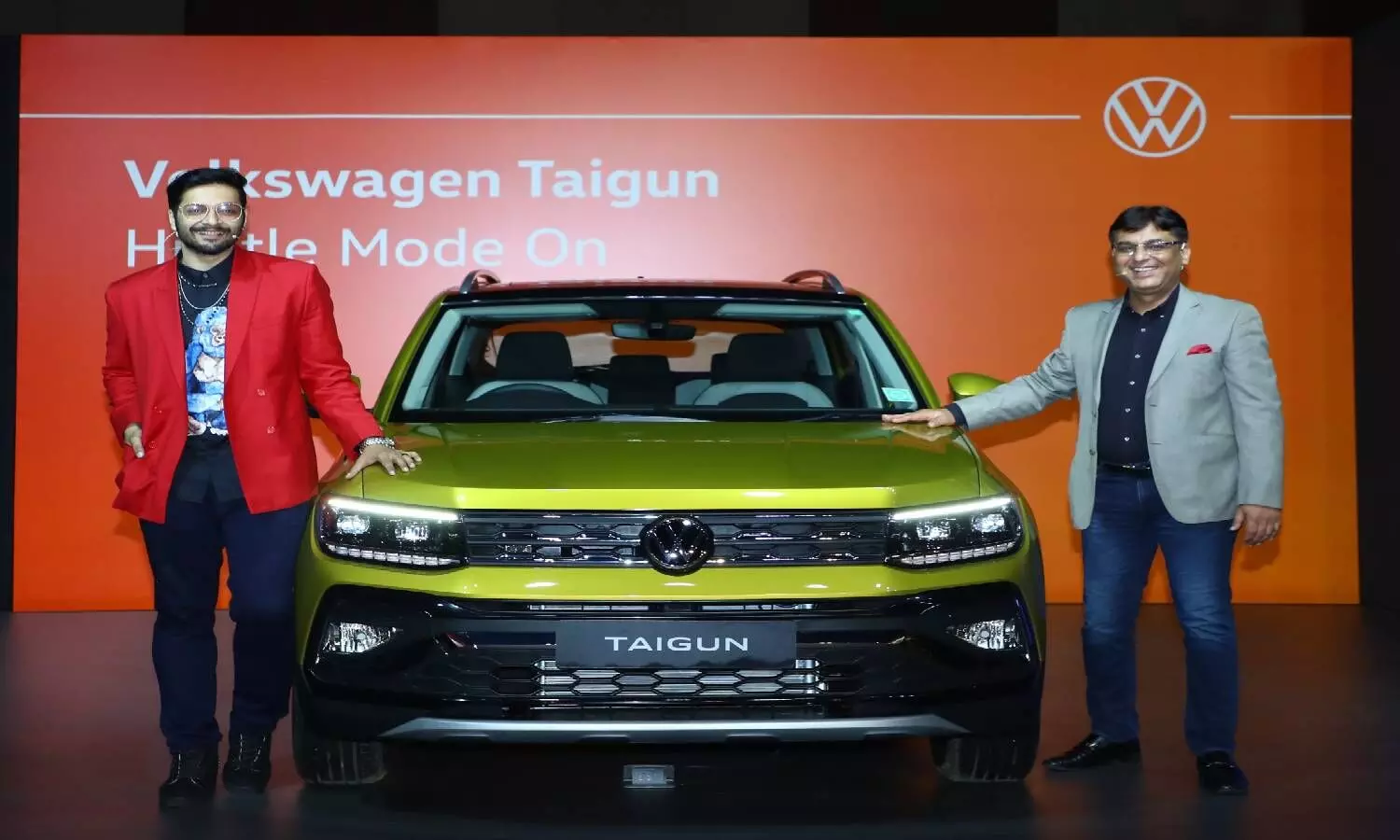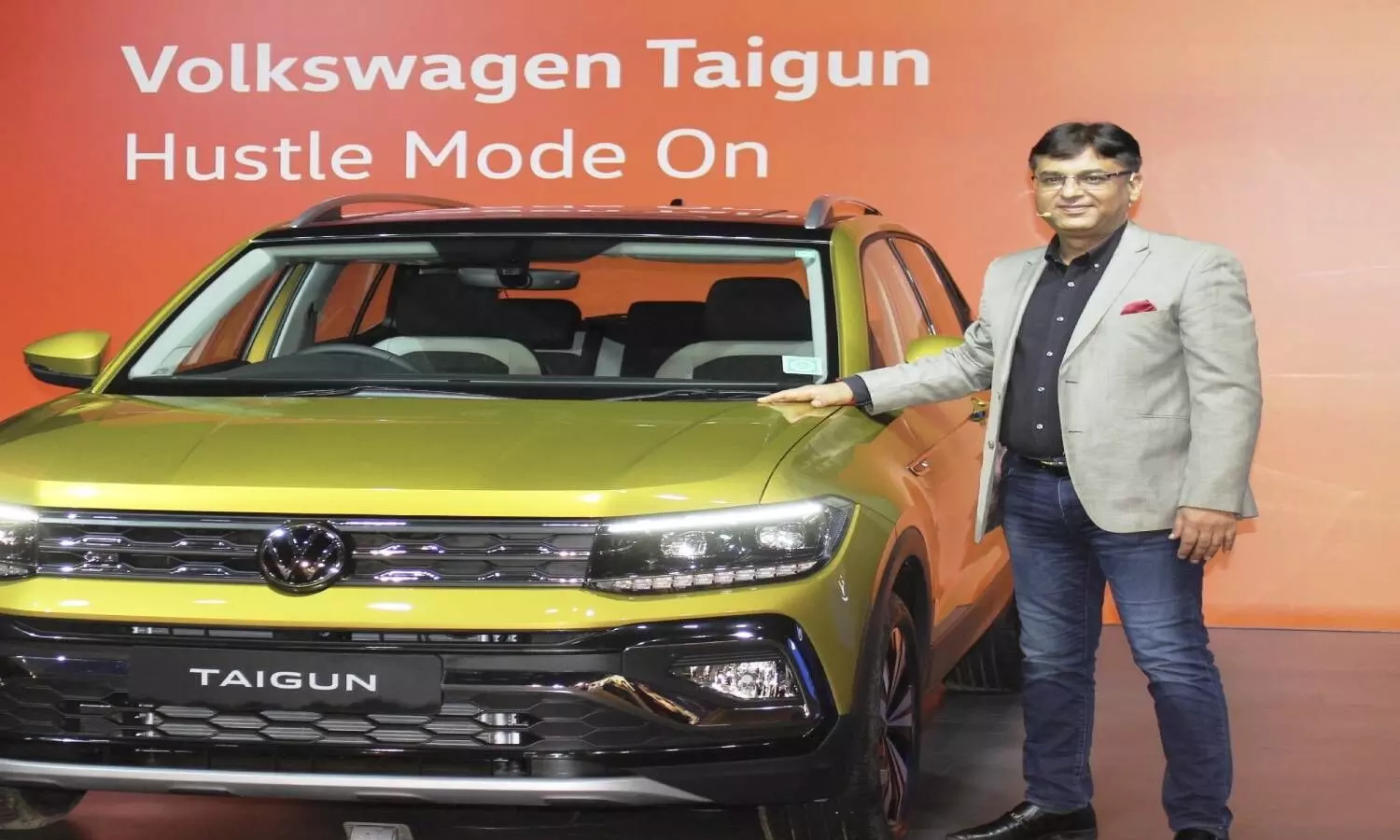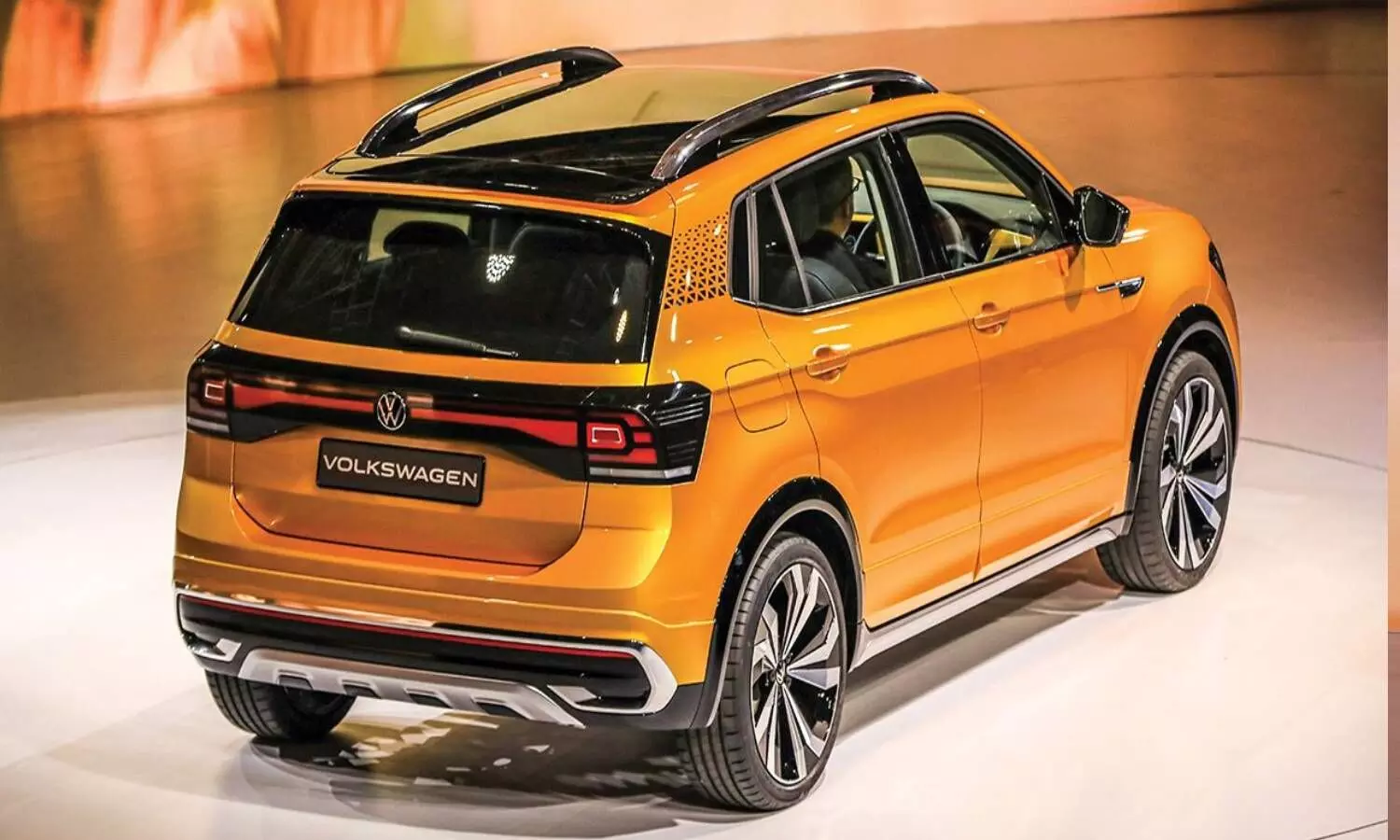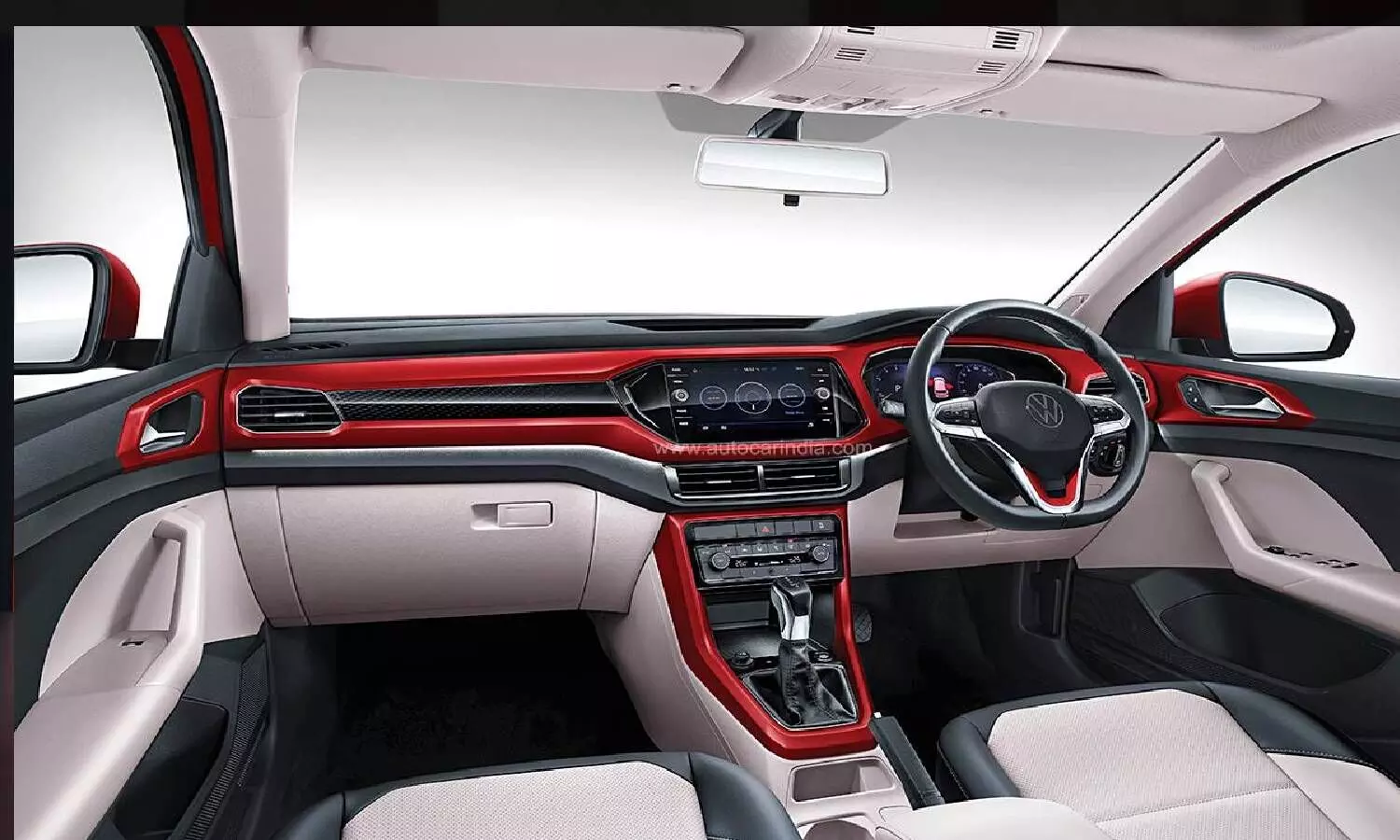Explained: Volkswagen Taigun, the new SUV in India
image for illustrative purpose

Hyderabad Volkswagen Passenger Cars India has showcased its much-awaited mid-size SUV the Taigun in a preview in Hyderabad recently. The SUV is scheduled to be launched on September 23. The Taigun is the brand's first product under the India 2.0 Project and is built on the MQB A0 IN platform with a robust presence, striking exteriors, premium interiors, digital cockpit, safety and infotainment features.
The Taigun
The Volkswagen earlier launched its SUV Tiguan AllSpace and T-Roc that competed in the premium and niche segments. Whereas, the Taigun is here to make a mass impact in the midsize SUV segment. The latest SUV is closely related to the Skoda Kushaq, with both being the first models to come from the Volkswagen Group's ambitious India 2.0 programme. Like Kushaq, Taigun is built on the 'Indianised' MQB A0 IN platform and boasts of up to 95 per cent local components.
The Heart
The Taigun gets its power of 115 bhp from 1.0-litre turbo-petrol engine, in combination of either a 6-speed manual or a 6-speed torque converter auto gearbox. There are also the zestier 'GT' variants that are available with a 150hp, 1.5-litre turbo-petrol engine with a 6-speed manual or 7-speed dual-clutch automatic option.
What's interesting is that the GT manual and GT automatic have different specs. A Volkswagen official revealed that the carmaker wants to make the GT manual "more accessible", whereas buyers looking to get an automatic, usually aren't averse to shelling out a larger premium for the sake of convenience and equipment.
The looks
When one looks at Tiguan, he can easily say that its Volkswagen, with neat lines and uncomplicated design language, three-slat chrome grille that sports a large VW logo blends into the large headlamp clusters, we can immediately link the Taigun to the more premium Tiguan. The chrome up front is said to have been incorporated in line with Indian tastes.
The long wheel-base and short-steady stance reminds of Kushaq. They both share, doors, mirrors, roof rails, shark-fin antenna and even feature the same body cladding. Within the Taigun GT line, the automatic is distinguishable by its 17-inch diamond-cut wheels, while the GT manual goes with single-tone16-inch wheels.
The rear styling is a striking element, with the infinity LED tail-lamps snugged in a unique smoked bezelthat are linked by a functional light bar, which runs the width of the tailgate. The tail-lights look particularly attractive when lit and looks like a futuristic concept vehicle. Adding more shine at the back are the chrome add-ons on the rear bumper that are designed to give theimpression of a twin exhaust housings.
What's Inside
The Taigun makes an interestingly fresh impression as soon as you enter the cabin, with seats being nice and comfy, the front dash looks arguably nice, with a seamlessly integrated, high-set touchscreen and a pleasing mix of materials. There are no soft-touch plastics on the dash but faux carbon-fibre inserts and a ceramic-like panel on the fascia add some personality inside. Interestingly, the gloss panel is also available in red with certain body colours which are either vibrant or overkill.
The all-digital instrument cluster,sporty flat-bottomed steering wheel and the touch-operable climate control panel, looks premium and is easy to use. The fit and finish is good, though there are hard plastics everywhere, they look of good quality and made to last long. The back seats offer excellent leg room to the passengers, the multiple seat adjustments and slanting back seat are great.
Performance
The GT's 1498cc Turbo charged petrol engine outputs 150hp at 5,000-6,000rpm and a max torque of 250Nm at 1,600-3,500rpm. It gives a crisp and power-packed driving experience, overtaking highways are gonna be a breeze. No matter what when u need power you will get it instantly. Overall, It's a fun to ride car.
The Final Word
Where the Taigun really appeals is in the driving department. The 1.5-litre engine is strong, and coupled with the comfy ride and crisp handling, this is a fun SUV to drive. The smaller-hearted Taigun 1.0 TSIs also promise good bang for your buck. The midsize SUV segment is one of the hottest segments in terms of demand in India. It will take on the likes of the Skoda Kushaq, Kia Seltos, Hyundai Creta, Nissan Kicks, Renault Duster and MG Hector.
We expect pricing in the range of Rs 10 -13 lakh (ex-showroom) for the 1.0 versions, while the 1.5 MT will likely start at Rs 15 lakh, with the foremost DSG versions might come at Rs 18 lakh.




